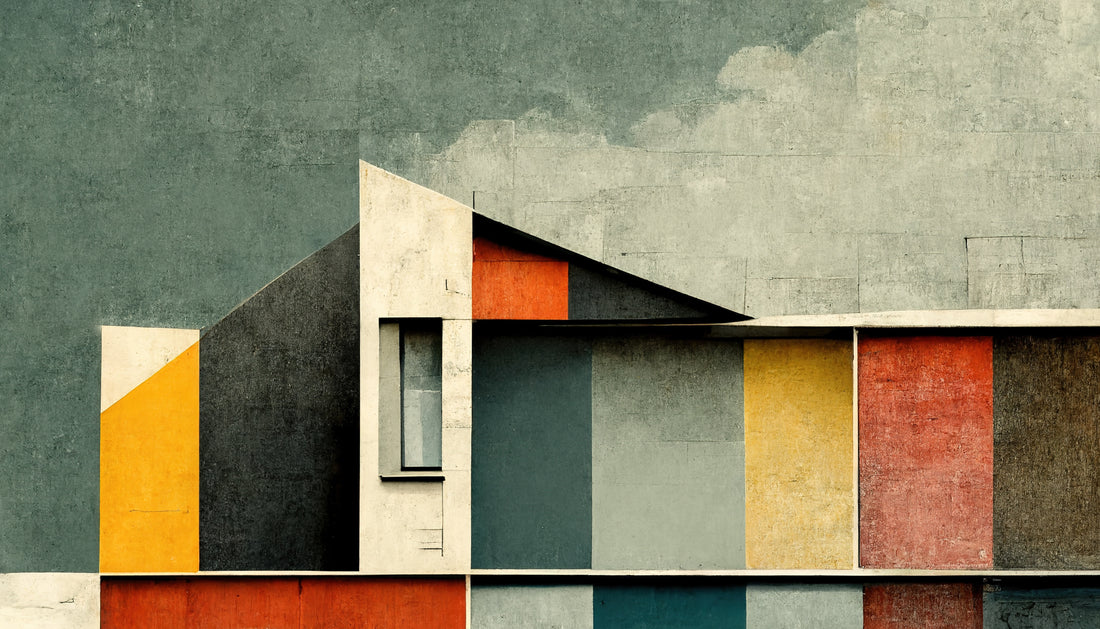The influence of architecture on minimalist interior design is profound and plays a crucial role in shaping the aesthetics and principles of minimalism. Several architectural movements and renowned architects have contributed to the development of minimalist design concepts.
One of the key architectural movements that influenced minimalism is the Bauhaus movement, which emerged in Germany in the early 20th century. Bauhaus advocated for the integration of art, craftsmanship, and technology to create functional and visually harmonious designs. Architects associated with the movement, such as Walter Gropius and Ludwig Mies van der Rohe, embraced simplicity, clean lines, and the elimination of unnecessary ornamentation. Their architectural works became iconic representations of minimalist principles, and their ideas had a significant impact on interior design.
Ludwig Mies van der Rohe, in particular, is often regarded as a pioneer of minimalist architecture. His famous phrase "less is more" perfectly encapsulates the ethos of minimalism. Mies van der Rohe's designs emphasized open spaces, simple geometric forms, and the use of industrial materials like glass and steel. His iconic structures, such as the Barcelona Pavilion and the Farnsworth House, exemplify the principles of minimalism and have influenced countless architects and interior designers.
Another significant influence on minimalist interior design is the De Stijl movement, which emerged in the Netherlands in the early 20th century. De Stijl artists and architects aimed to achieve visual harmony and universal concepts through abstraction, reduction, and simplicity. The movement advocated for the use of primary colors, geometric shapes, and a balance of verticals and horizontals. The works of prominent De Stijl figures, including Piet Mondrian and Gerrit Rietveld, showcased minimalist aesthetics and became sources of inspiration for minimalist design in both architecture and interiors.
Beyond specific movements, traditional Japanese architecture has also played a significant role in shaping minimalist interior design. Japanese design principles emphasize simplicity, natural materials, and a harmonious integration with nature. Concepts such as Ma (the use of space) and Wabi-sabi (appreciating the beauty of imperfection) inform minimalist aesthetics and highlight the importance of empty space, simplicity, and the appreciation of natural materials.
The influence of architecture on minimalist interior design can be seen in the emphasis on clean lines, open spaces, functionality, and the use of minimalist materials. The architectural principles of minimalism translate into interior design through the selection of furniture, spatial organization, and the overall design approach. By embracing the principles of simplicity, minimal ornamentation, and a focus on essential elements, minimalist interior design creates serene, uncluttered spaces that promote a sense of calm and harmony.

